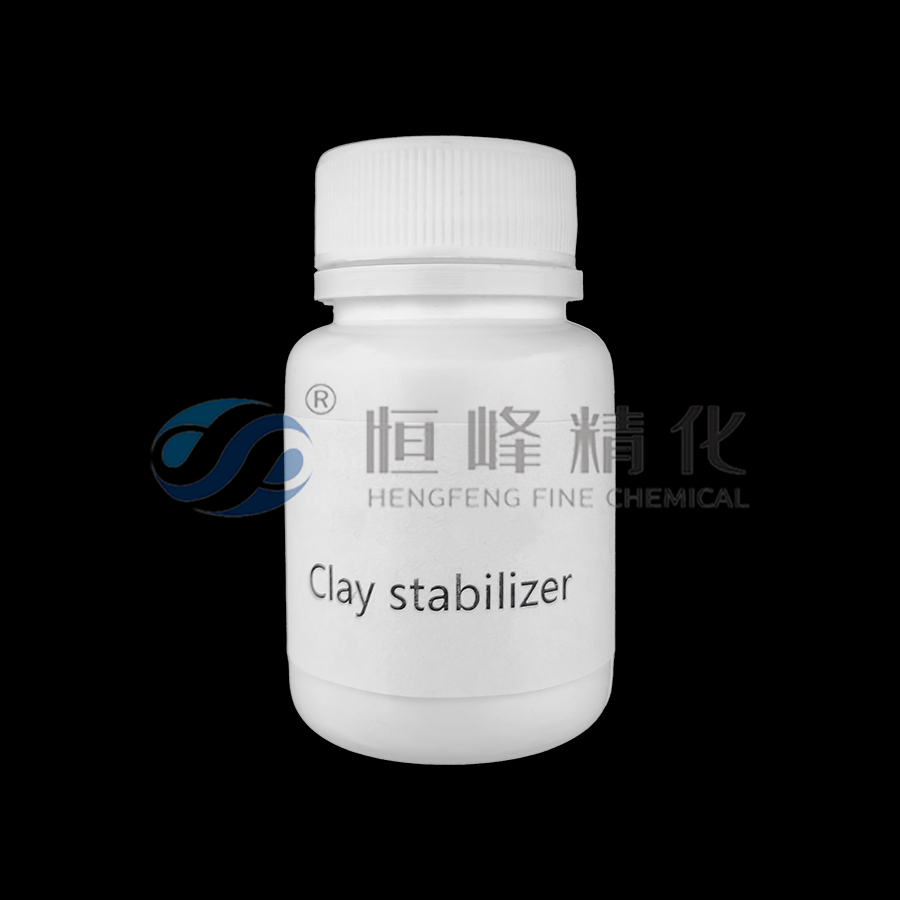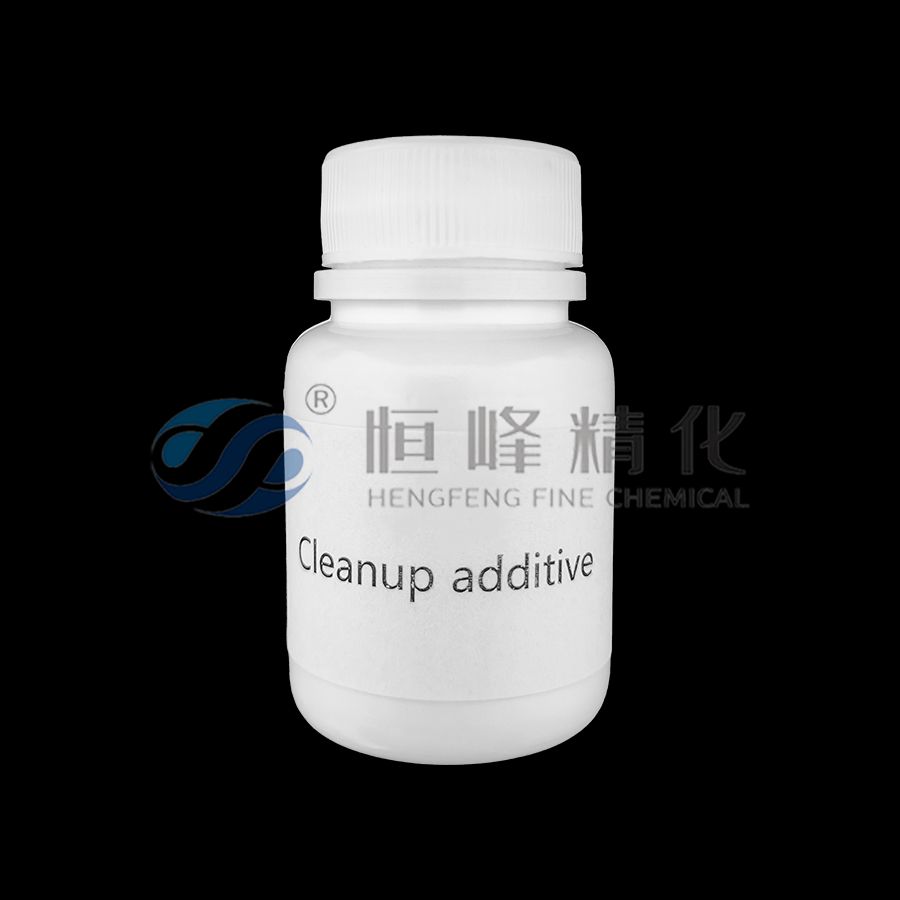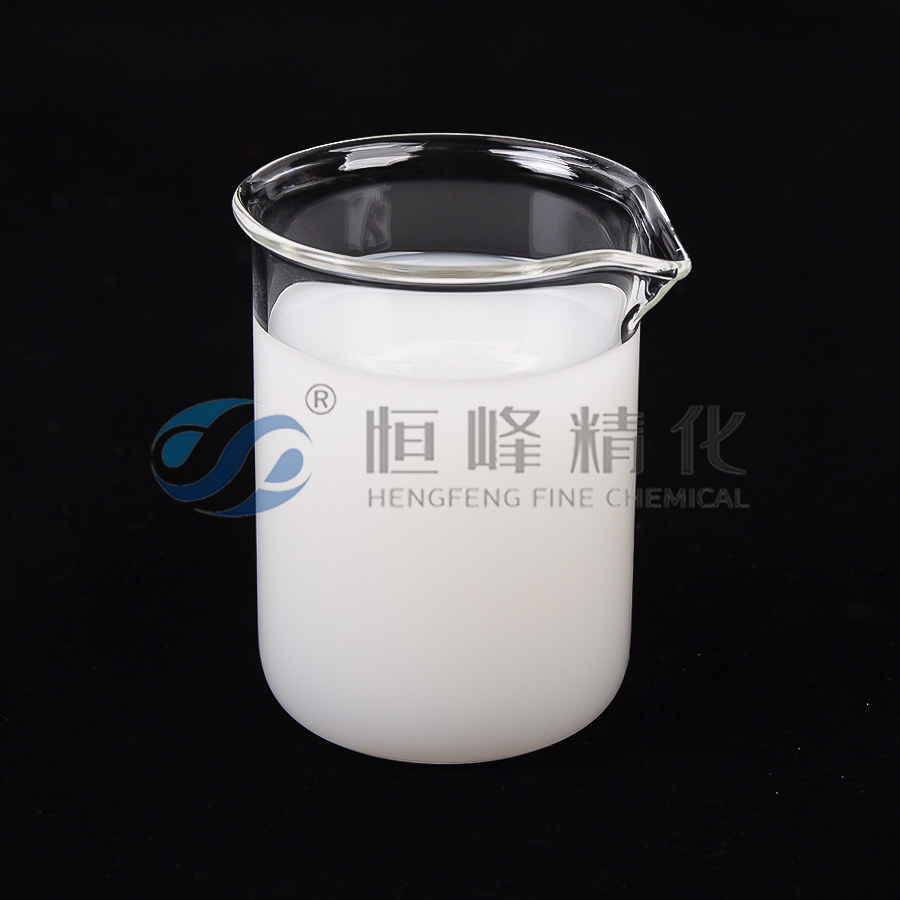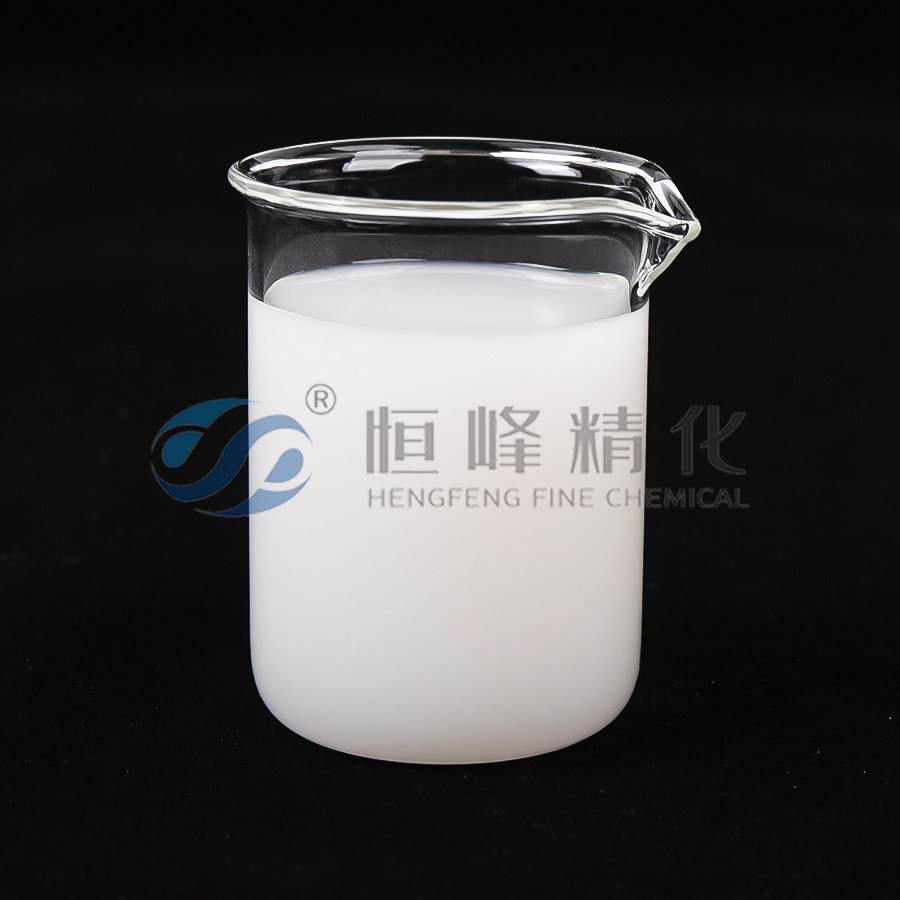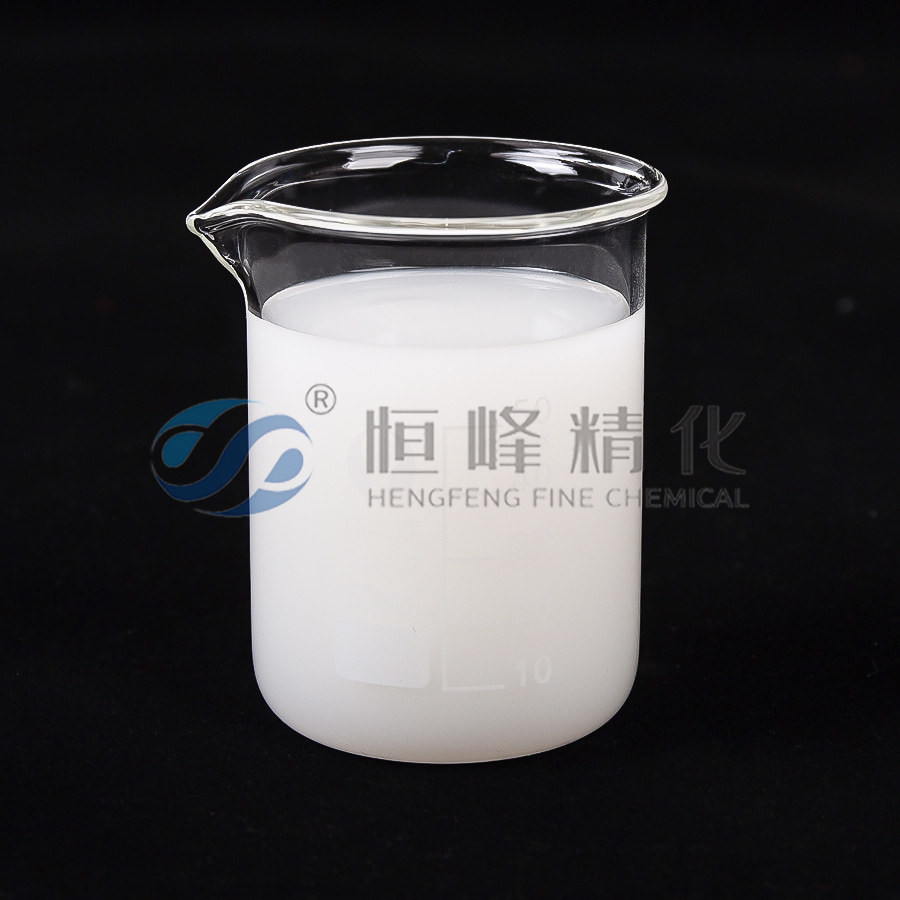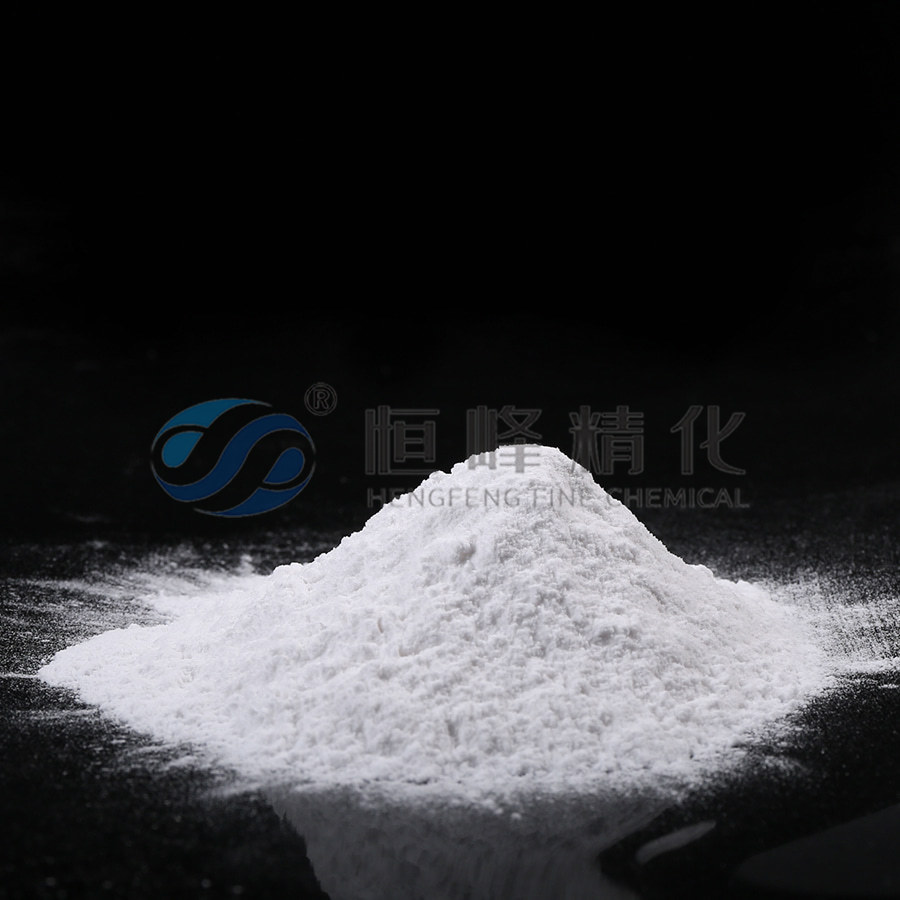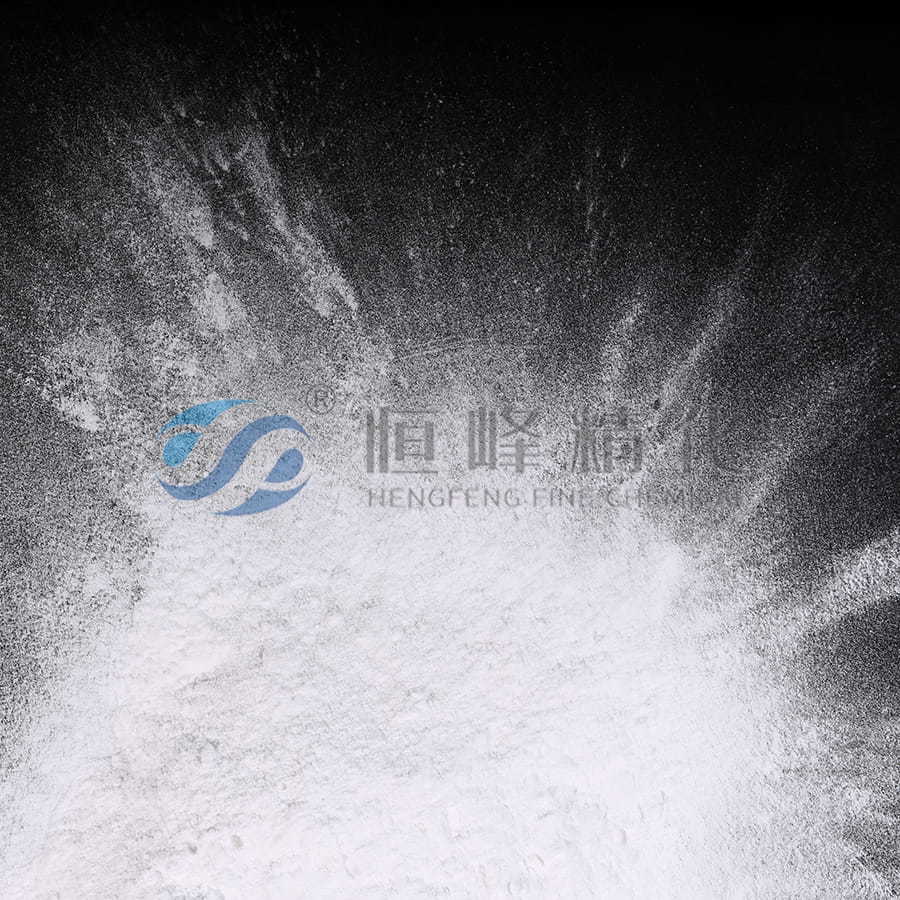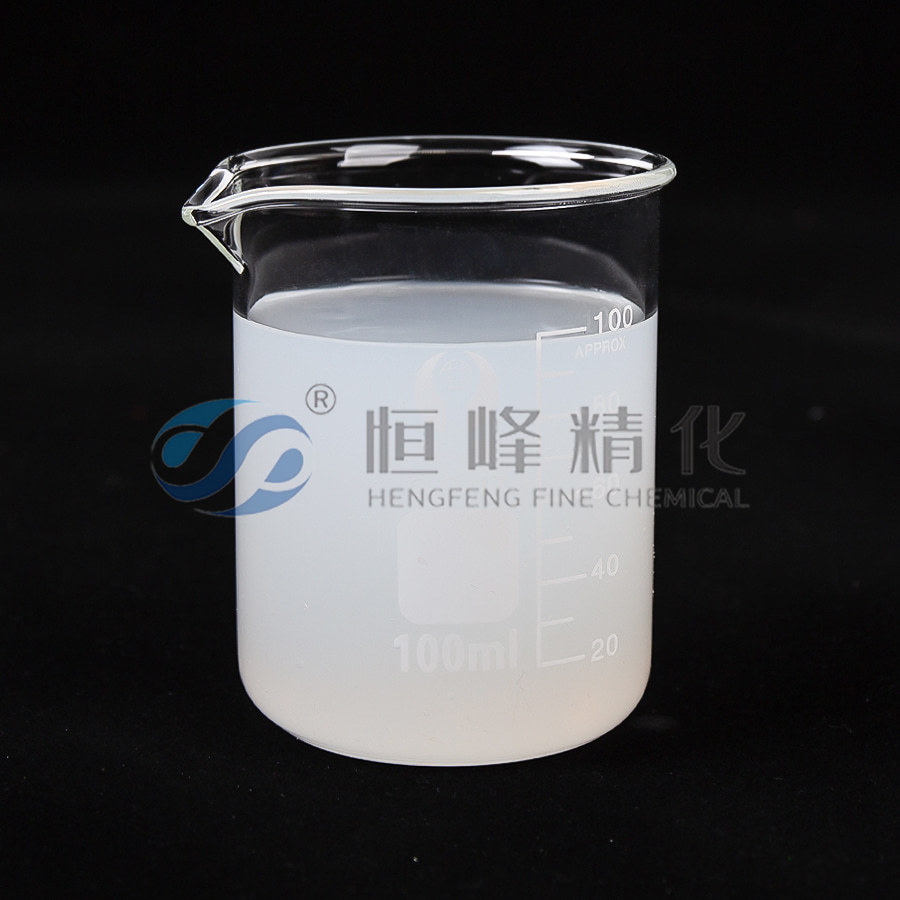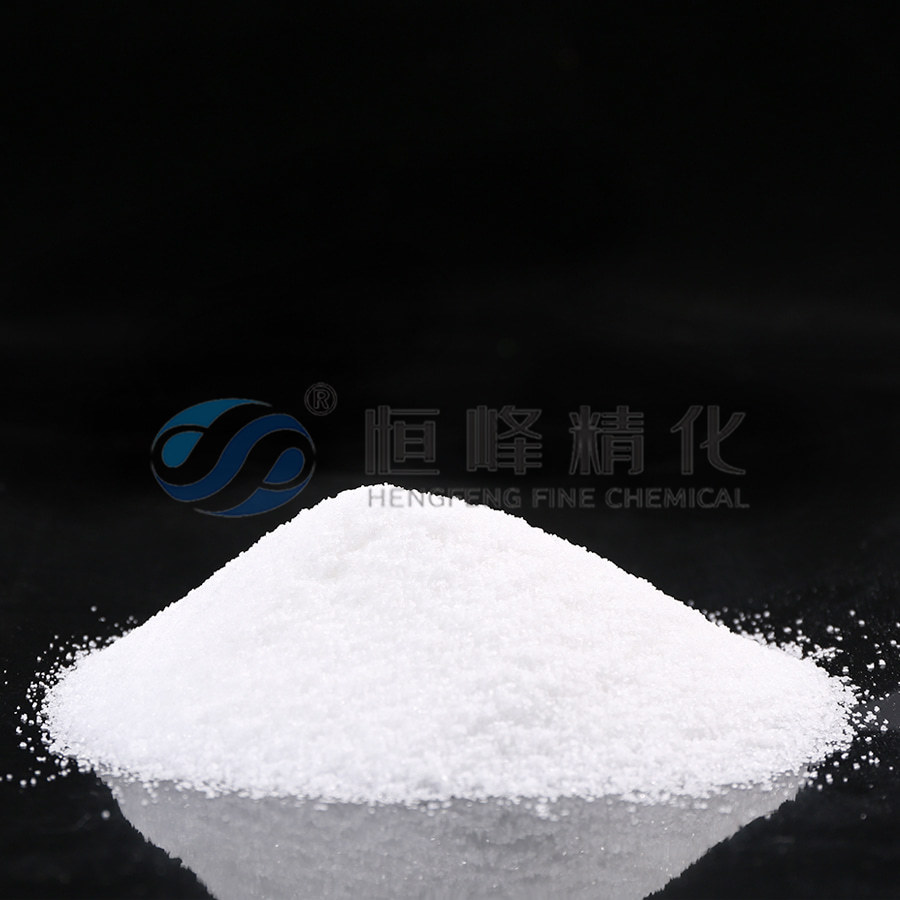Optimizing Fracturing Fluid Chemical for Efficient Reservoir Performance
Fracturing Fluid Chemical plays a pivotal role in modern hydraulic fracturing operations, enhancing oil and gas recovery while minimizing formation damage. These chemicals are designed to optimize the flow of fracturing fluids, support proppant transport, and maintain wellbore stability throughout the fracturing process. Understanding their formulation, performance, and application methods is essential for achieving efficient and cost-effective reservoir management. The careful selection and application of these chemicals can directly impact production rates, operational safety, and long-term reservoir sustainability.
Key Components and Functions of Fracturing Fluid Chemical
Fracturing fluid chemicals typically consist of several core components that work synergistically to improve extraction efficiency. Their main functions include:
-
Viscosity Control – Ensuring the fluid can carry proppants effectively to create and maintain fractures in the rock formation.
-
Friction Reduction – Minimizing pressure loss during pumping to reduce energy costs and improve operational efficiency.
-
Formation Protection – Reducing damage to reservoir rock and permeability to preserve the natural productivity of the formation.
-
pH Stabilization – Maintaining fluid stability under high temperature and pressure conditions commonly encountered in deep reservoirs.
These functions are critical to ensuring that fracturing fluids can perform reliably under varying geological conditions. Selecting the appropriate combination of additives and polymers allows operators to balance performance and operational safety.
Core Functions of Fracturing Fluid Chemical
| Function | Purpose | Benefit |
|---|---|---|
| Viscosity Control | Carry proppants efficiently | Enhances fracture propagation |
| Friction Reduction | Minimize pumping pressure | Reduces energy costs |
| Formation Protection | Prevent formation damage | Maintains reservoir permeability |
| pH Stabilization | Ensure chemical stability | Prolongs fluid effectiveness |
Applications Across Different Reservoir Types
Fracturing fluid chemicals are adaptable to a range of reservoir conditions, including shale, sandstone, and carbonate formations. By adjusting the chemical formulation, operators can tailor the fluid to match specific porosity, permeability, and pressure conditions. For example, in shale reservoirs, higher viscosity may be needed to transport fine proppants into narrow fractures, whereas in sandstone formations, a balance of viscosity and friction reduction can optimize fluid flow and minimize rock erosion.
Beyond oil and gas recovery, fracturing fluid chemicals are increasingly applied in unconventional reservoirs and enhanced geothermal systems, where efficient heat transfer and fluid mobility are critical. The ability to customize fluids for specific reservoir characteristics makes them indispensable for modern energy extraction.
Environmental and Operational Considerations
While fracturing fluids are essential for production, their environmental impact must be carefully managed. Safe handling and disposal practices are necessary to minimize ecological risks. Formulating fluids with biodegradable or low-toxicity polymers can reduce the environmental footprint.
Monitoring fluid performance, chemical concentration, and flowback behavior ensures that operations remain efficient and environmentally responsible. Proper planning also reduces the likelihood of formation damage or unintended contamination, which can result in costly downtime.
Comparative Performance of Fracturing Fluid Chemicals
Choosing the right fracturing fluid chemical requires understanding operational goals and reservoir conditions. Performance can be assessed based on proppant transport, formation protection, flowback efficiency, and environmental impact.
| Metric | Standard Chemical | Advanced Formulation | Benefits |
|---|---|---|---|
| Proppant Transport | Moderate | Enhanced | More efficient fracture fill |
| Formation Protection | Basic | Improved | Reduced permeability damage |
| Flowback Efficiency | Standard | Higher | Faster fluid recovery |
| Environmental Impact | Medium | Lower | Reduced ecological footprint |
In practice, operators often conduct pilot tests or laboratory simulations to evaluate fluid performance before full-scale deployment. This approach reduces uncertainty and ensures the selected formulation aligns with reservoir-specific requirements.
Challenges and Future Developments
Several challenges exist in the use of fracturing fluid chemicals:
-
Maintaining chemical stability under bad temperature and pressure conditions.
-
Reducing environmental footprint while maintaining operational effectiveness.
-
Managing costs while ensuring performance reliability.
Future developments focus on integrating nanotechnology, hybrid polymers, and smart additives that respond to reservoir conditions in real time. Innovations such as temperature-sensitive viscosity modifiers or proppant-compatible emulsions can improve efficiency, reduce operational risk, and minimize environmental impact.
Case Study: Application in a Shale Reservoir
A mid-sized shale operator successfully improved hydrocarbon recovery by optimizing the fracturing fluid chemical formulation for their reservoir. By adjusting the balance of viscosity modifiers and friction reducers, the team increased fracture propagation while reducing formation damage. The result was a measurable improvement in both production rate and overall well performance.
Conclusion and Factory Promotion
Selecting the right Fracturing Fluid Chemical is crucial for improving oil and gas recovery, protecting reservoir formations, and ensuring cost-effective operations. At Polyacrylamidefactory, we specialize in providing high-quality fracturing fluid chemicals tailored to meet diverse reservoir demands. Our products are designed to improve proppant transport, reduce formation damage, and enhance overall production efficiency.
We also offer technical consultation to help operators choose the suitable formulation for their reservoirs. For more information about our comprehensive fracturing fluid chemical solutions and expert support, visit https://www.polyacrylamidefactory.com/product/oilfield/integrated-emulsion-for-reducing-resistance-and-carrying-sand.html .


 English
English Español
Español عربى
عربى Русский
Русский Tiếng Việt
Tiếng Việt





